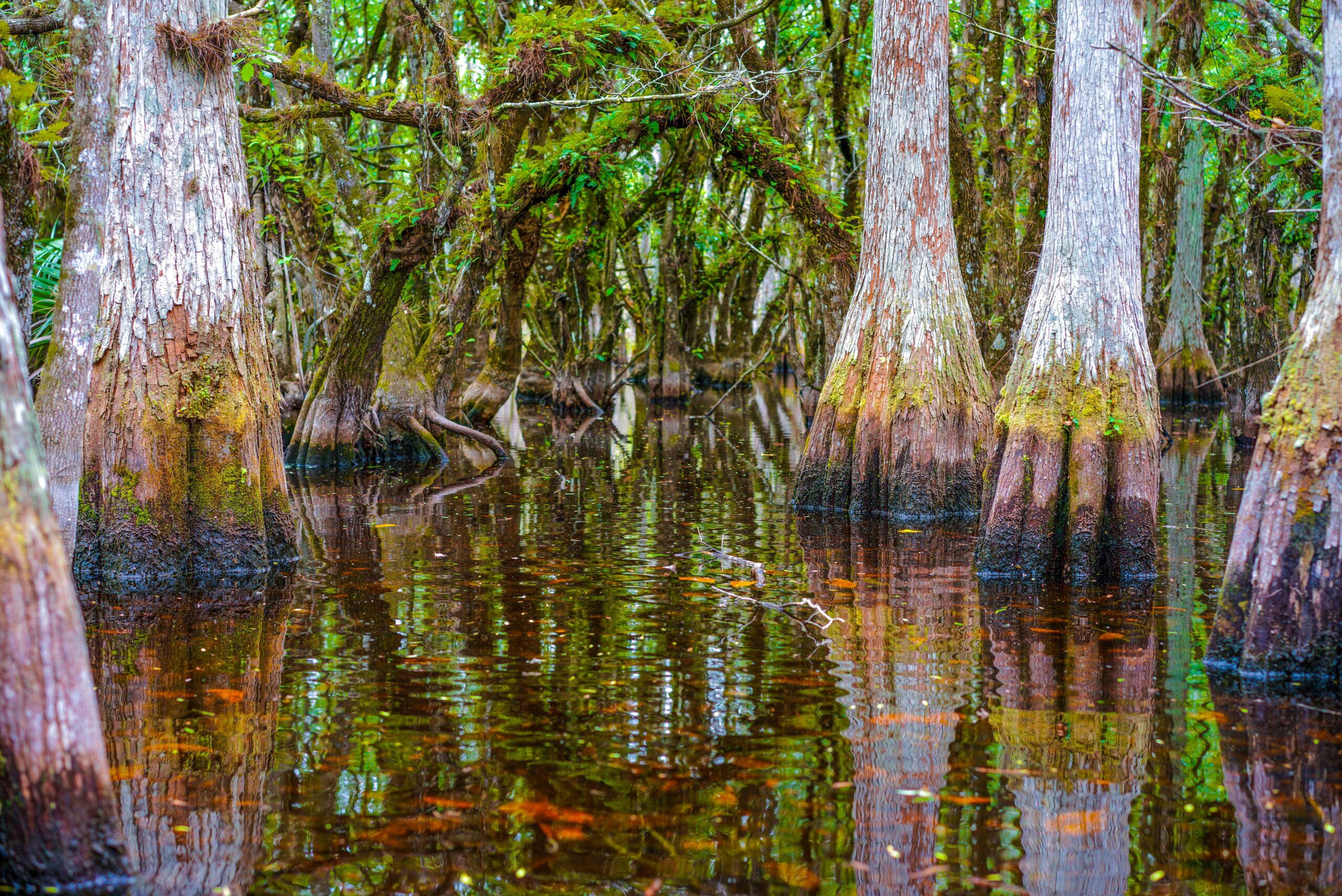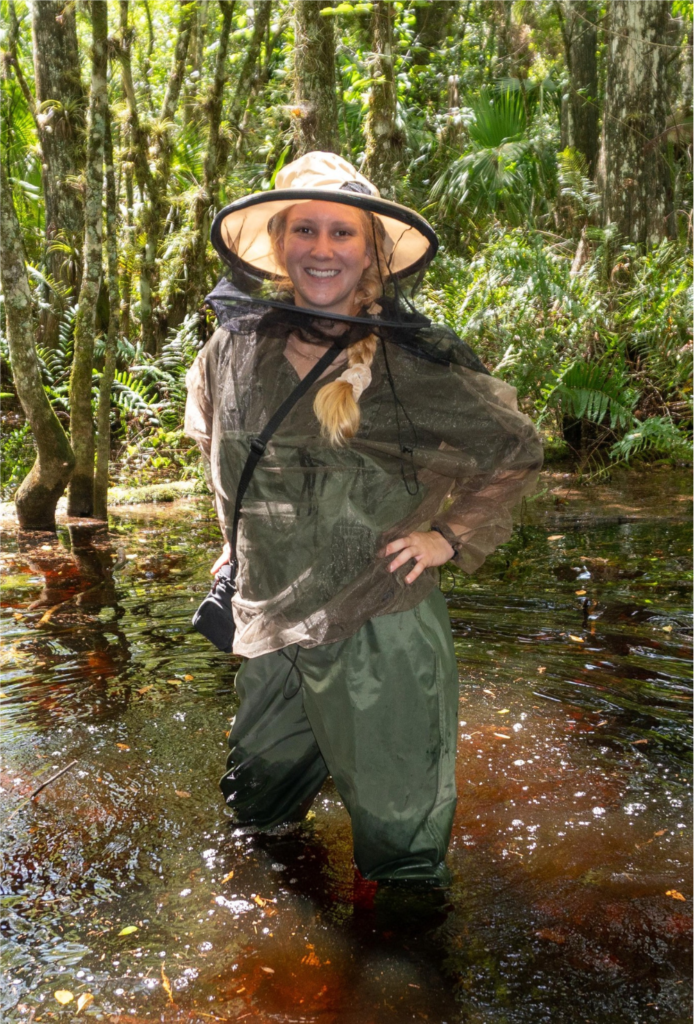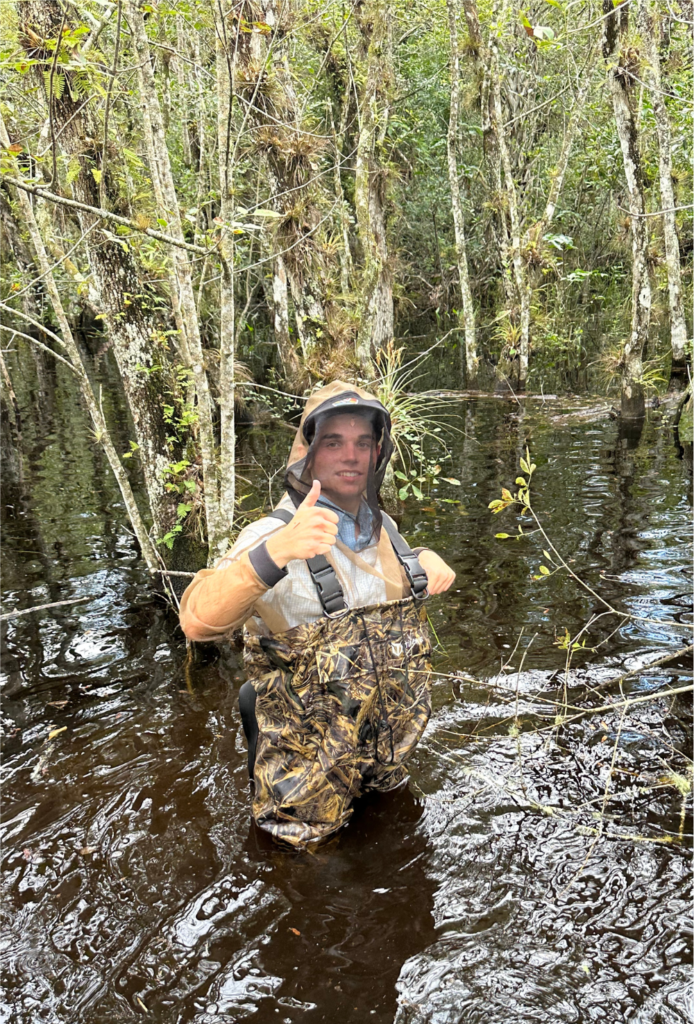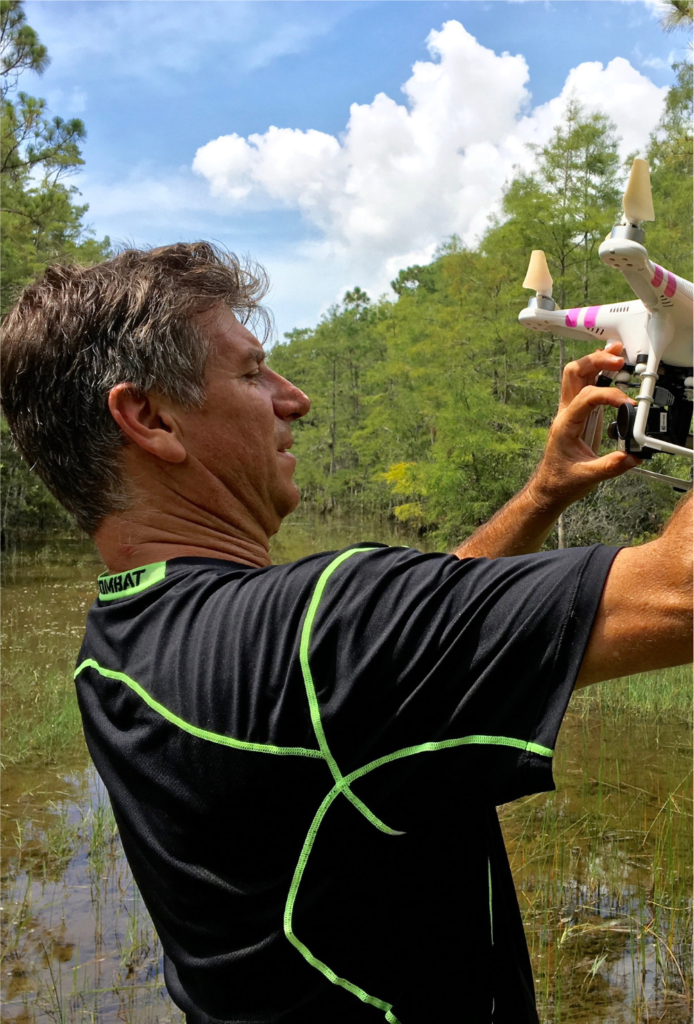Types of Cypress Trees in the Everglades
The Everglades is home to two main types of cypress trees: the Bald Cypress (Taxodium distichum) and the Pond Cypress (Taxodium ascendens). Both species are well-adapted to the wet, swampy conditions of the Everglades, thriving in areas where few other trees can survive. Bald Cypress trees are often found in deeper waters and are characterized by their buttressed trunks and “knees,” which are cone-shaped structures that protrude from the water and help to anchor the tree in the soft, muddy soil. Pond Cypress trees, on the other hand, tend to grow in shallower, more isolated swamps and have a more slender, tapered trunk.
Unique Adaptations for Survival
Cypress trees have evolved remarkable adaptations to survive in the challenging environment of the Everglades. One of their most notable features is their ability to thrive in standing water for extended periods. Unlike most trees, cypress trees can grow in waterlogged soils, thanks to their specialized root systems that provide stability and prevent rot. The “knees” of the Bald Cypress, while still not fully understood, are believed to aid in gas exchange and provide additional support in the often unstable, muddy ground.
Another fascinating adaptation is the cypress tree’s deciduous nature. Unlike many trees in tropical and subtropical climates, cypress trees lose their leaves in the winter, giving them the nickname “bald” cypress. This shedding helps reduce water loss during the dry season and minimizes the risk of damage during strong winds and storms, which are common in Florida.
Ecological Importance
Cypress trees are vital to the Everglades ecosystem. They provide habitat and shelter for a wide range of wildlife, including birds, amphibians, reptiles, and insects. The dense canopies of cypress domes, which are clusters of cypress trees that form natural islands, offer nesting sites for wading birds like herons, egrets, and wood storks. The roots and submerged portions of the trees create a complex underwater habitat that supports fish, crustaceans, and other aquatic life.
In addition to providing habitat, cypress trees play a critical role in water management within the Everglades. They help slow down the flow of water, reducing erosion and allowing for the gradual release of freshwater into the surrounding environment. This function is crucial for maintaining the delicate balance of the Everglades, where water levels fluctuate seasonally. By acting as natural water filters, cypress trees also help improve water quality by trapping sediments and absorbing excess nutrients.
Threats and Conservation Efforts
Despite their resilience, cypress trees face several threats in the Everglades. Habitat loss due to urban development, changes in water flow caused by drainage and flood control projects, and the impacts of climate change have all contributed to the decline of cypress populations. Additionally, logging in the early 20th century significantly reduced the number of old-growth cypress trees, some of which were over a thousand years old.
Conservation efforts are underway to protect and restore cypress habitats in the Everglades. This includes the implementation of water management strategies to restore natural water flows, reforestation projects to replant cypress trees in degraded areas, and the establishment of protected areas to prevent further habitat loss. The Comprehensive Everglades Restoration Plan (CERP) is a key initiative that aims to address many of these challenges by restoring the natural hydrology of the region, which is essential for the health of cypress trees and the broader ecosystem.
A Symbol of the Everglades
Cypress trees are more than just an essential part of the Everglades; they are a symbol of the region’s unique beauty and resilience. Their towering presence, ancient roots, and ability to thrive in harsh conditions embody the spirit of the Everglades itself. They serve as a reminder of the intricate connections within this vast ecosystem and the importance of preserving it for future generations.
In conclusion, the cypress trees of the Everglades are not only guardians of the swamp but also guardians of biodiversity, water quality, and the natural heritage of South Florida. Protecting these magnificent trees and the environment they support is crucial for maintaining the health and vitality of the Everglades, ensuring that this unique ecosystem continues to thrive for centuries to come.












